
A breeding Waved Albatross on Isla de La Plata, photograph by Enzo Reyes
Dr Enzo Reyes is leading a pioneering project that aims to use social attraction techniques to bolster the small population of the Critically Endangered Waved Albatrosses Phoebastria irrorata on Isla de La Plata, 41 kilometres offshore from the fishing village of Puerto López on the mainland of Ecuador. This initiative, the first of its kind for the species, is a collaborative effort involving Enzo Reyes, the Machalilla National Park, the Ecuadorian NGO Equilibrio Azul and the American Bird Conservancy. The project’s primary goal is to prevent the local extinction of the Waved Albatross colony on La Plata, which represents only a very small percentage of the species’ main population which is based on Isla Española in the Galapagos Islands.
Enzo Reyes and a volunteer band a breeding Waved Albatross in 2023, photograph by Equilibrio Azul
Enzo Reyes writes to ACAP Latest News: “Our objective is to increase colony attendance and reproductive success over time, ultimately establishing La Plata as an insurance population for the species and improving the species’ threatened conservation status, due a decreasing population and both accidental and deliberate capture. The project was launched in September 2022 with an initial site reconnaissance and bird census. In 2023, the team banded all the breeding birds in the colony using metal and colour-coded plastic bands for individual identification. Banding allows us to track returning individuals and detect any new arrivals to the colony. We are also using different colour bands from those used in the Galápagos Islands, enabling us to monitor our birds separately”.

Decoys deployed next to the speakers near the main albatross landing area, photograph by Enzo Reyes
Enzo continues “In March 2025 the team deployed 20 albatross decoys, with a follow-up expedition planned for the coming weeks to install an acoustic attraction system. We are setting up social attraction cues now, as the 2025 breeding season is expected to begin soon. This timing will help maximise the chances of attracting prospecting or passing birds to La Plata.”
The project has been formally presented to Ecuador’s ACAP representative and to members of the Ecuadorian Ministry of Environment’s Marine and Coastal Division. Additionally, a workshop will be conducted in the coming weeks to introduce the project to Machalilla National Park Rangers and provide capacity-building training.
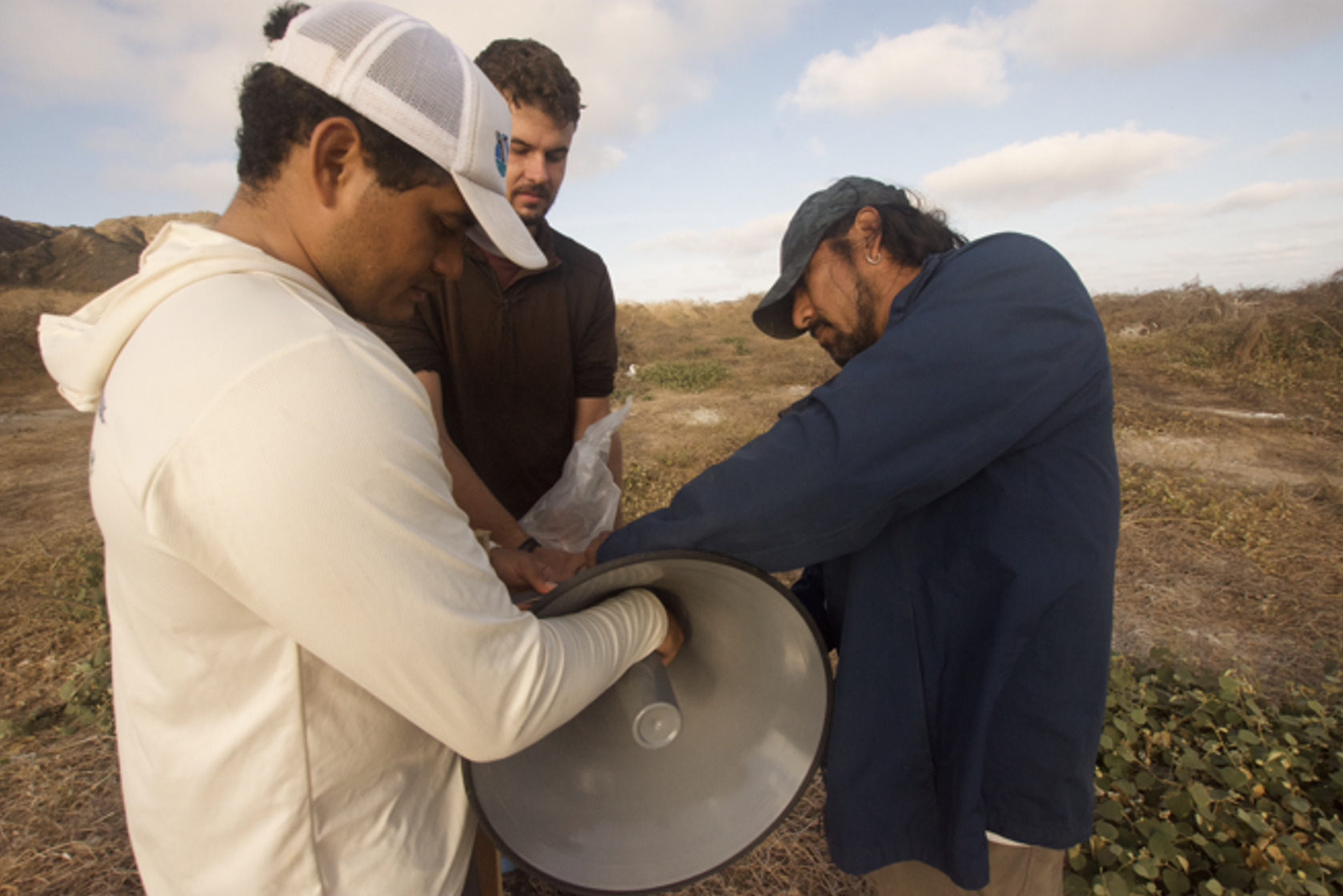
Machalilla National Park Ranger, Equilibrio Azul member and volunteer with a speaker during a colony visit in September 2022, photograph by Enzo Reyes
The arid 1200-ha island forms part of the 46 000-ha Machalilla National Park, which includes a 14 430-ha Ramsar Wetland of International Importance (Zona Marina Parque Nacional Machalilla, Site No. 503, designated in 1990).
John Cooper, Emeritus Information Officer, Agreement on the Conservation of Albatrosses and Petrels, 24 March 2025

 English
English  Français
Français  Español
Español 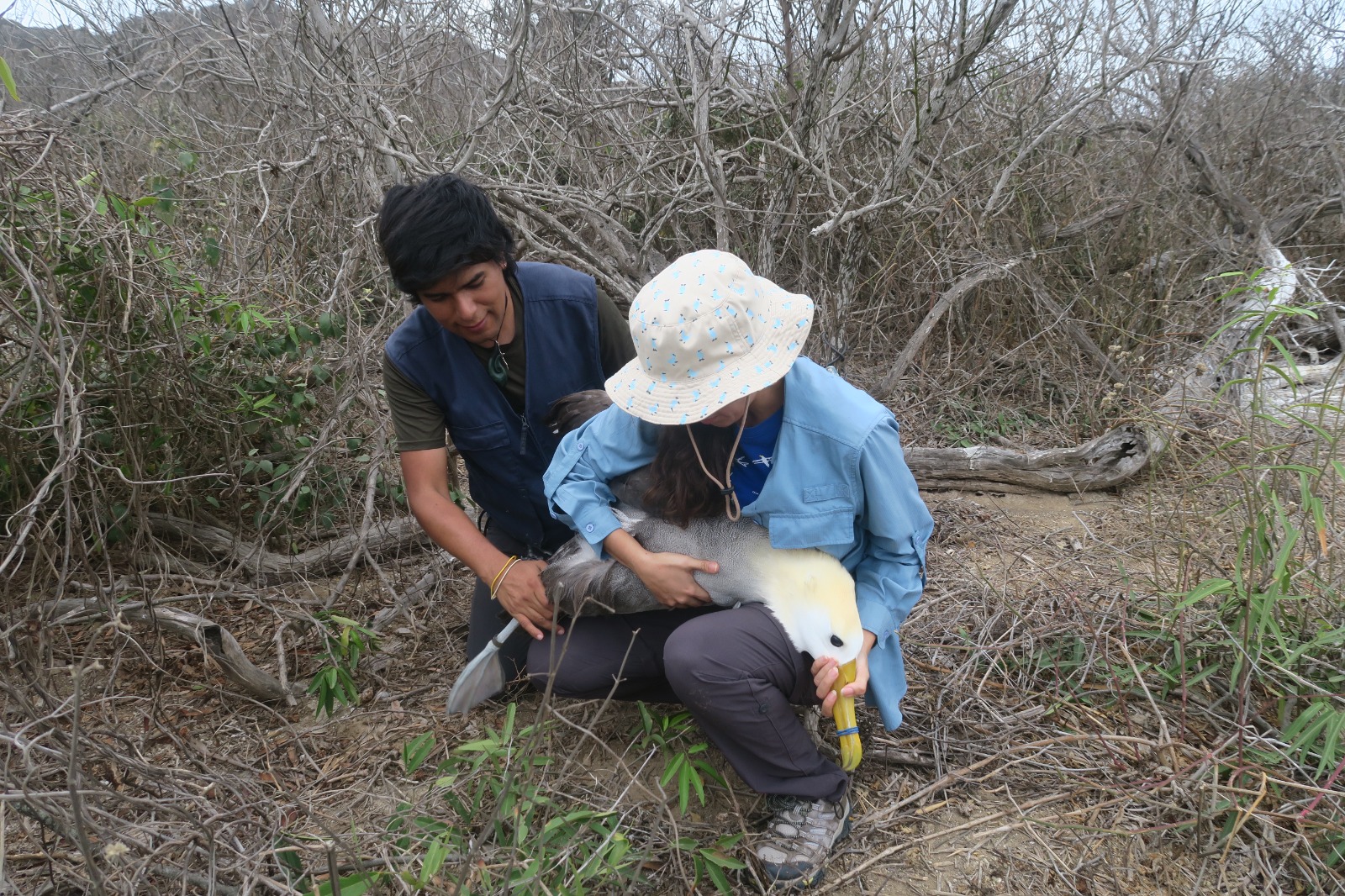
 A Hutton’s Shearwater incubates its egg in an artificial burrow in the Te Rae o Atiu colony, photograph from the Hutton's Shearwater Charitable Trust
A Hutton’s Shearwater incubates its egg in an artificial burrow in the Te Rae o Atiu colony, photograph from the Hutton's Shearwater Charitable Trust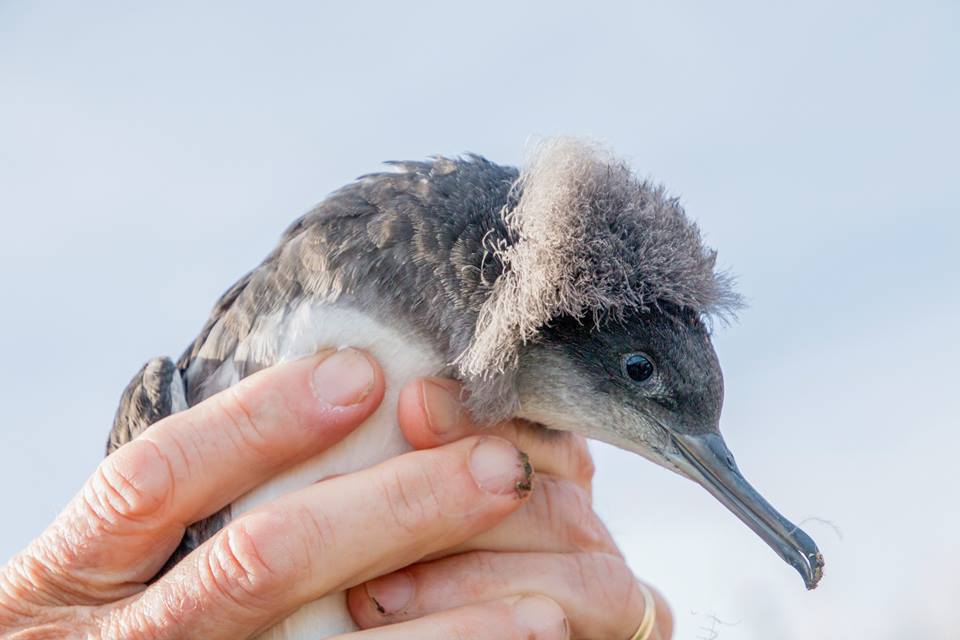
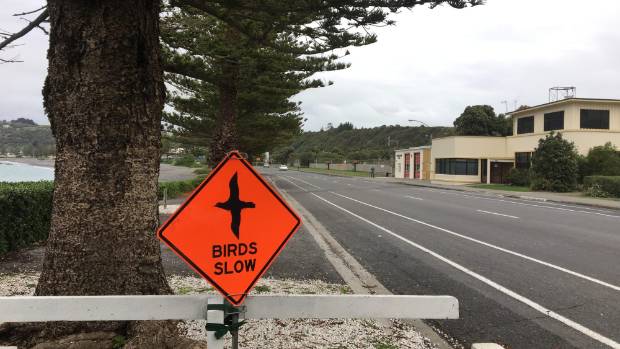

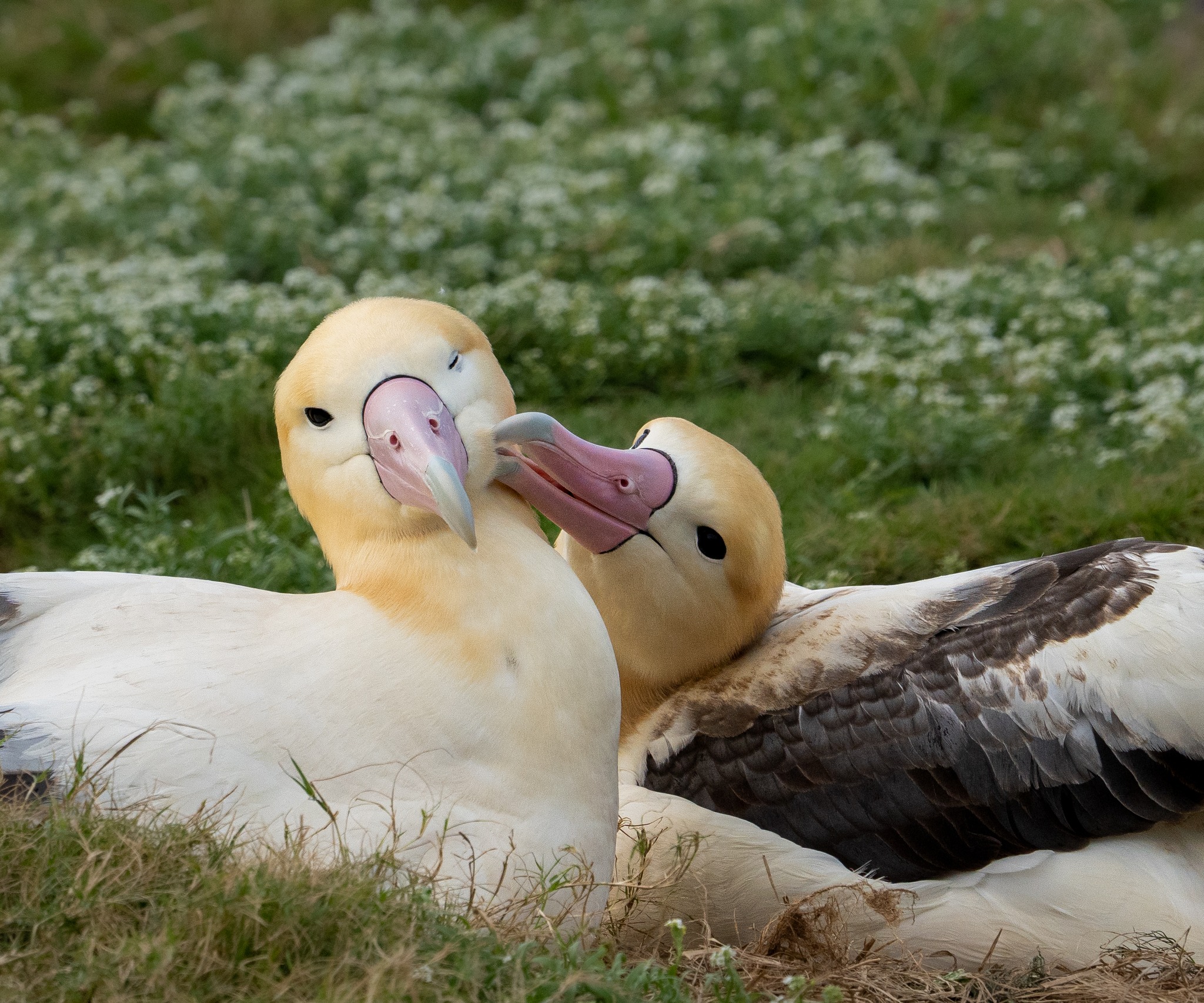 George (on left) and Geraldine, photograph by USFWS Volunteer Joe Owen
George (on left) and Geraldine, photograph by USFWS Volunteer Joe Owen Calonectris sp. shearwater with abnormal plumage, off Calheta, Madeira, Portugal, 14 November 2023, photograph by Pedro Nascimento (from the publication)
Calonectris sp. shearwater with abnormal plumage, off Calheta, Madeira, Portugal, 14 November 2023, photograph by Pedro Nascimento (from the publication)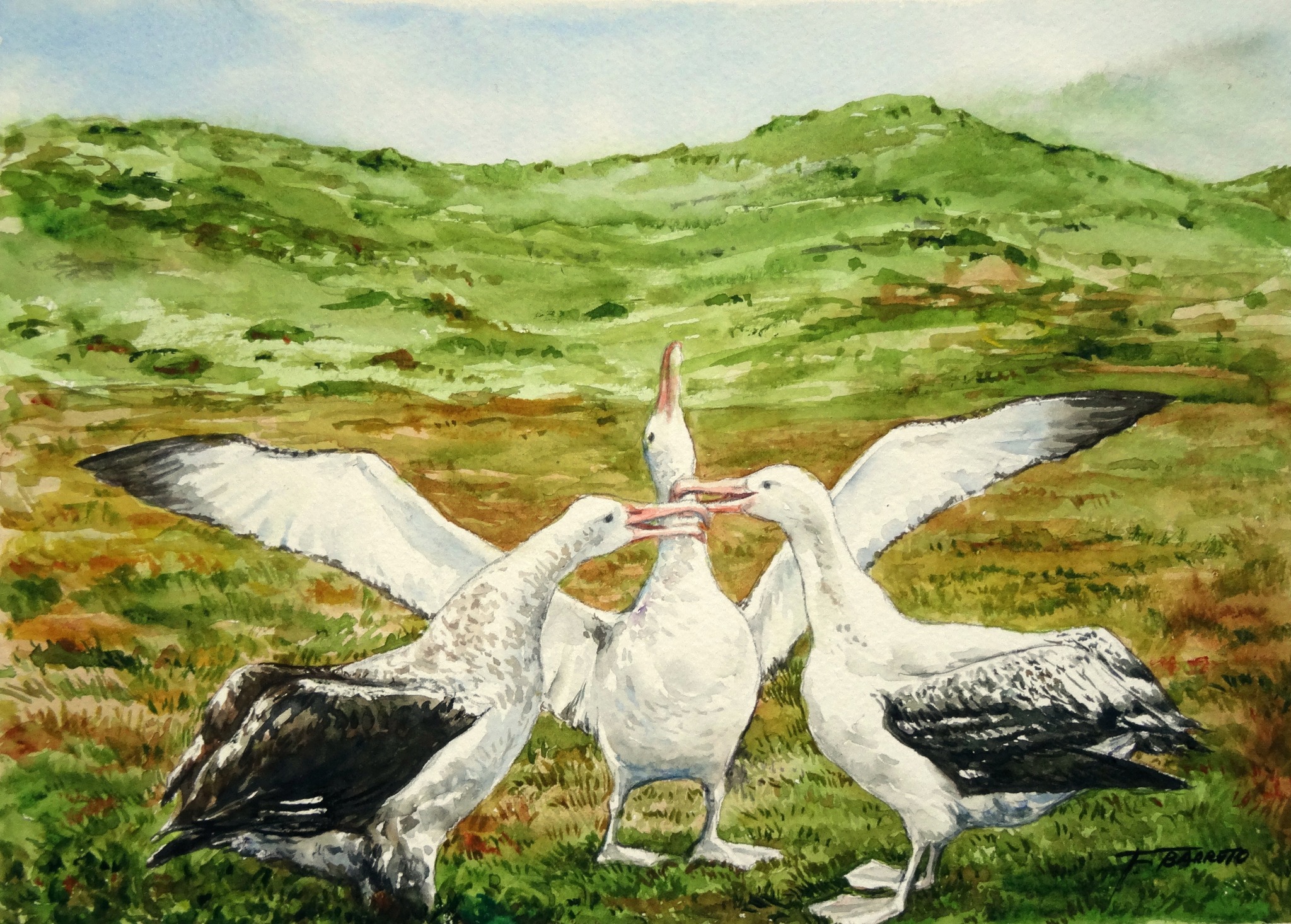

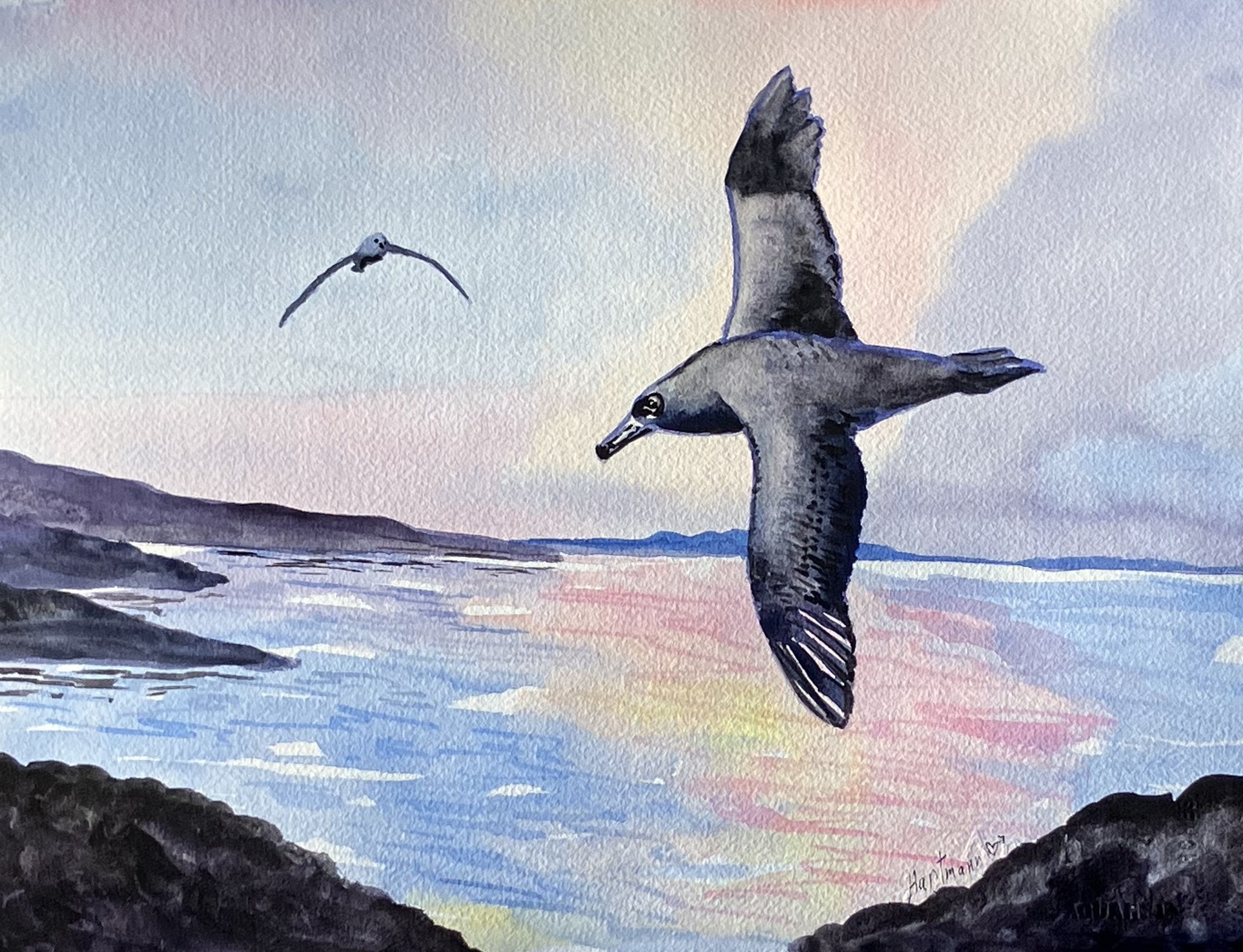
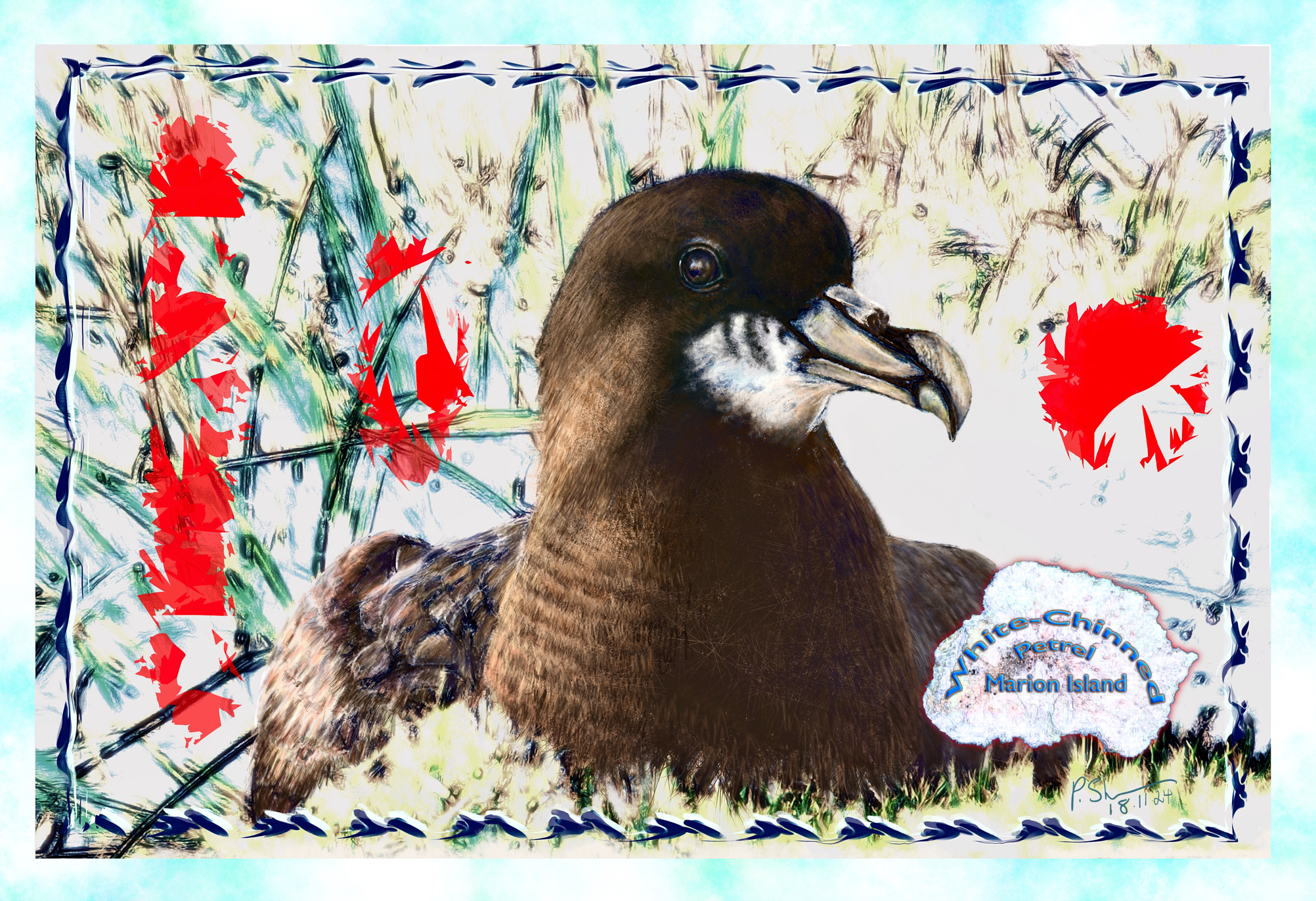
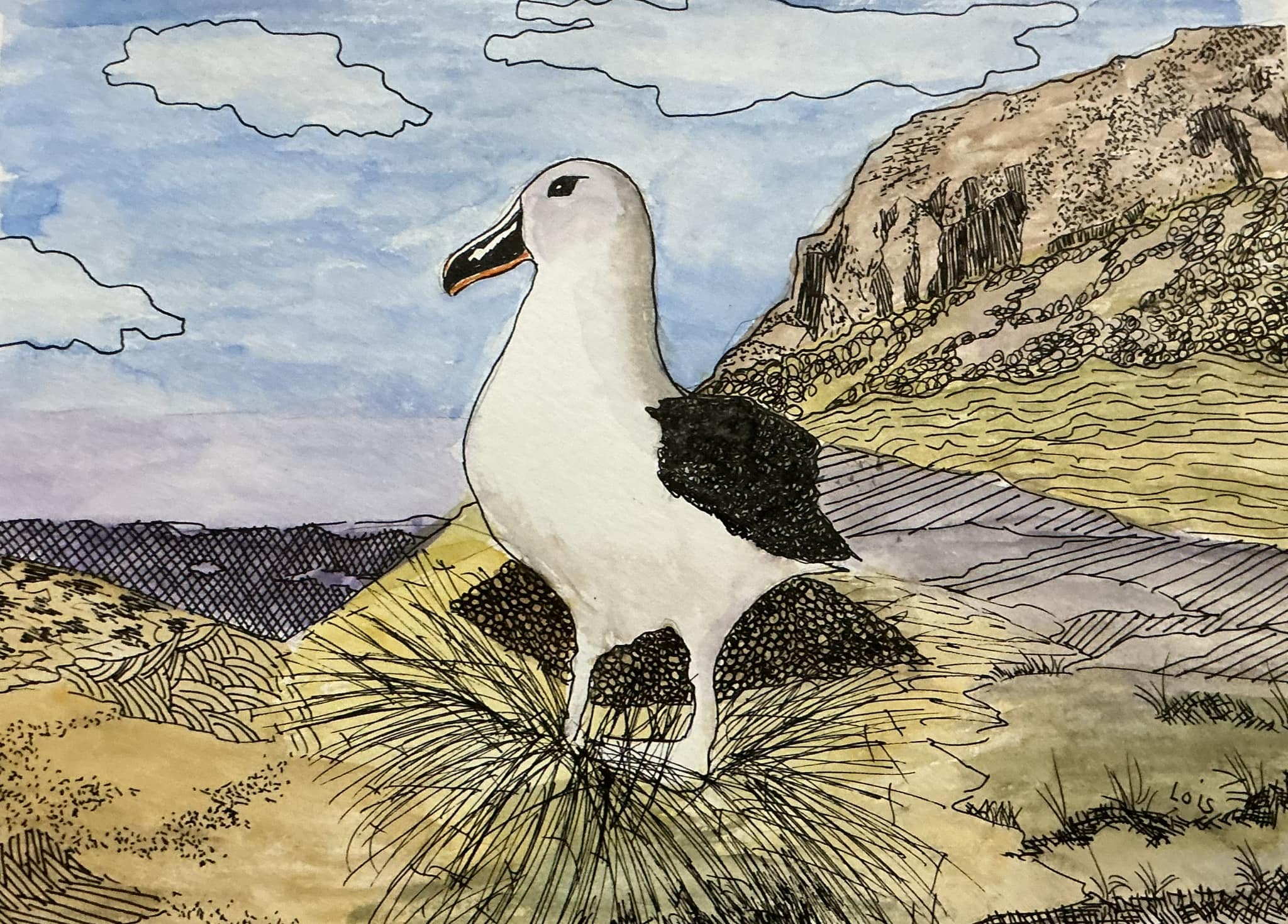
 |
|